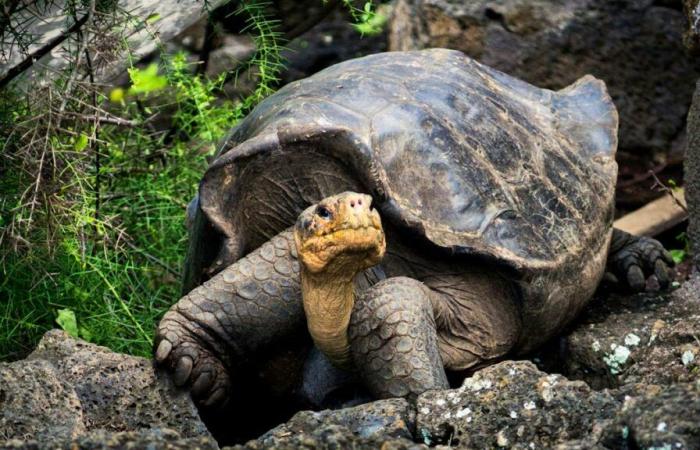The shell allows the turtle to camouflage and protect itself, but at the same time, it also strongly slows down the evolution of its species. This is demonstrated by a recent study from the University of Fribourg, the results of which were published in the journal “Ecology & Evolutions”. While the limbs of other animals grow and adapt according to their body size, researchers observed that turtles had a fixed proportion between the size of their body and the length of their limbs.
“The measurements that we have carried out on more than 200 species, living or extinct, show that the ratio between the length of the carapace and that of the limbs has practically not changed over millions of years,” explains Guilherme Hermanson, doctoral student and co-author of the study. What they carry on their back therefore acts as an “evolutionary dead end”. It prevents them from developing new body forms, such as winged or limbless varieties. Today, there are only around 350 species of turtles, while there are more than 10,000 species of birds.
However, sea turtles show slight variations, because they use their front flippers to move in the water. However, they cannot reach any larger size than what they know today, since they must return to lay their eggs on dry land. On land, their body temperature rises rapidly, which causes effects on their body itself. Extinct marine animals did not have this constraint. They gave birth to their young in the water and could thus reach much larger sizes.
Swiss






